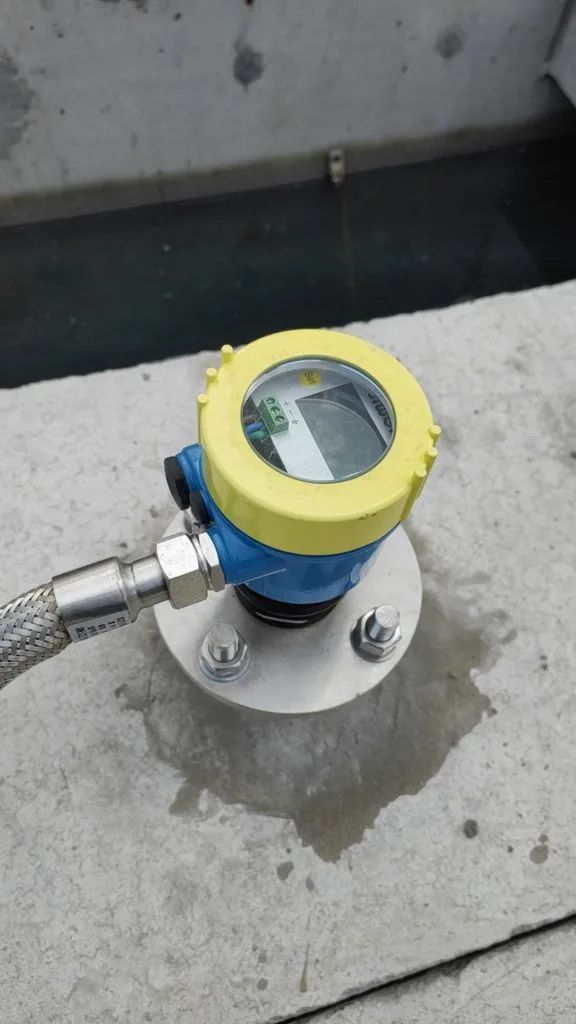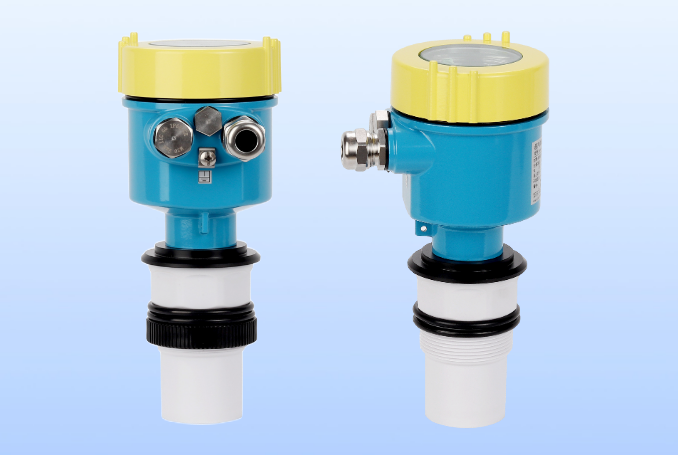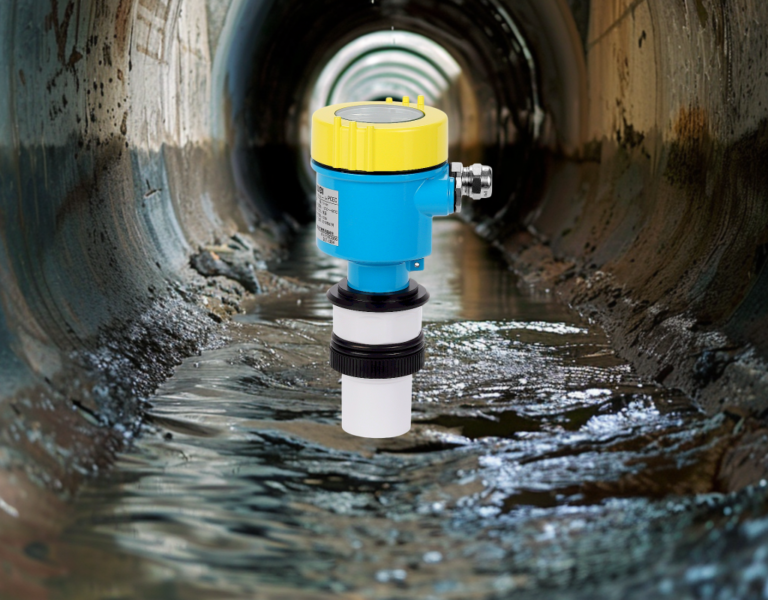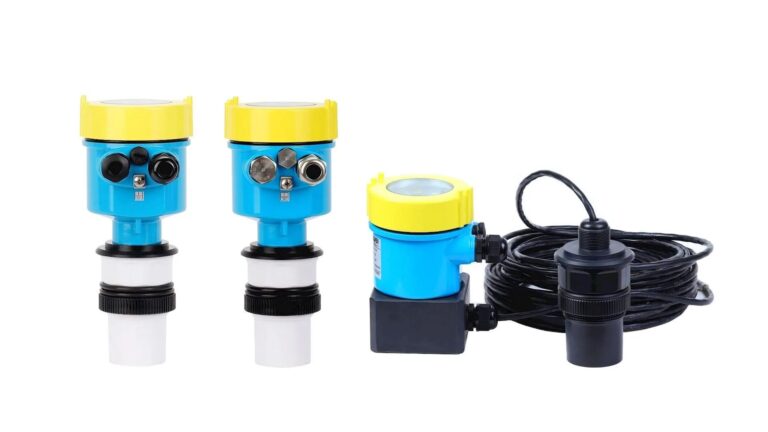1. Environmental Factors
Temperature Variation
The propagation speed of ultrasonic waves directly relates to temperature, following the equation , where is temperature in degrees Celsius. Extreme or rapidly changing temperatures can result in inaccuracies due to inadequate sound speed compensation. For operational environments ranging from -40℃ to 85℃, it is recommended to select industrial-grade sensors equipped with robust temperature compensation capabilities.
Humidity and Fog
High humidity, water vapor, or fog can absorb or scatter ultrasonic waves, causing signal attenuation and measurement deviation. Protective enclosures or sensors with enhanced environmental resilience should be used under these conditions.
Electromagnetic Interference (EMI)
Strong electromagnetic fields, such as those produced by spark discharge or high-frequency equipment, may disrupt signal transmission circuits. Mitigation strategies include using shielded cables, shortening signal lines, and ensuring proper grounding.

2. Installation and Operational Factors
Installation Angle and Position
The sensor probe should be installed vertically relative to the liquid surface. An inclined installation can cause deviations in reflected wave paths, resulting in measurement inaccuracies. In environments with significant vibration, such as those involving agitation or mixing processes, installing vibration-dampening mounts or brackets is essential.
Dead Zone Limitations
Dead zones (areas where measurement is ineffective) increase proportionally with measurement range. For instance, a 15m measurement range typically corresponds to a 30cm dead zone. Liquid levels must remain below this lower limit to ensure accurate readings.
Installation Clearance
It is recommended that probes maintain a clearance of at least 30cm from container walls or obstacles to prevent interference caused by unwanted reflections.

3. Characteristics of the Measured Medium
Surface Conditions
Significant surface agitation or presence of foam can scatter ultrasonic signals, leading to inaccuracies. Employing advanced algorithms, such as multi-point averaging or digital filtering, can reduce these errors effectively.
Composition of Medium
Volatile liquids (e.g., gasoline) can create vapor layers, and sound-absorbing materials (e.g., foam rubber) can weaken the reflected ultrasonic signal. Additional measures, such as specialized sensors or protective sleeves, might be necessary in these scenarios.
Liquid Viscosity and Impurities
High viscosity liquids or those containing suspended particles can adhere to the sensor probe surface, impairing the emission and reception of ultrasonic signals. Regular cleaning and maintenance of sensor probes are crucial in these conditions.
4. Instrument Intrinsic Factors
Probe Performance
Material selection (e.g., PVDF for corrosion resistance) and appropriate frequency range (typically between 20kHz and 30kHz) are critical. Higher frequency sensors offer higher accuracy but are more susceptible to interference and signal attenuation.
Circuitry and Algorithms
Noise in signal processing circuits and deficiencies in temperature compensation algorithms commonly introduce errors of approximately ±0.25% FS (full scale). Implementing high-quality circuits and continuously optimized algorithms can enhance accuracy significantly.
Output Signal Types
Analog output signals (4-20mA) are more susceptible to interference compared to digital signals (such as RS485). Periodic calibration and using digitally optimized signal transmission methods are recommended for enhanced reliability.

5. Typical Interference Scenarios and Solutions
| Interference Type | Manifestation | Solutions |
|---|---|---|
| Foam on surface | Signal scattering, data jumps | Use guided wave tubes or radar-level meters. |
| Vapor layers | Signal attenuation, low readings | Install heat dissipation fins or ventilation systems. |
| Strong EMI | Signal fluctuations, unstable measurements | Employ armored and shielded cables. |
| Probe condensation | Constant errors or frozen measurements | Regular cleaning or heated sensor probes. |

Recommendations for Accuracy Optimization
Perform comprehensive calibration for environmental temperature and media-specific parameters before installation.
Regularly inspect sensor probes for cleanliness and verify the stability of the circuitry.
Prioritize advanced digital-output models equipped with algorithmic optimizations, especially in challenging operational scenarios.
Conclusion
Ensuring the accuracy of ultrasonic liquid level meters requires careful consideration of environmental, installation-related, media-specific, and instrument-specific factors. Addressing each factor methodically through proper selection, calibration, and maintenance protocols will significantly enhance measurement accuracy and reliability.
